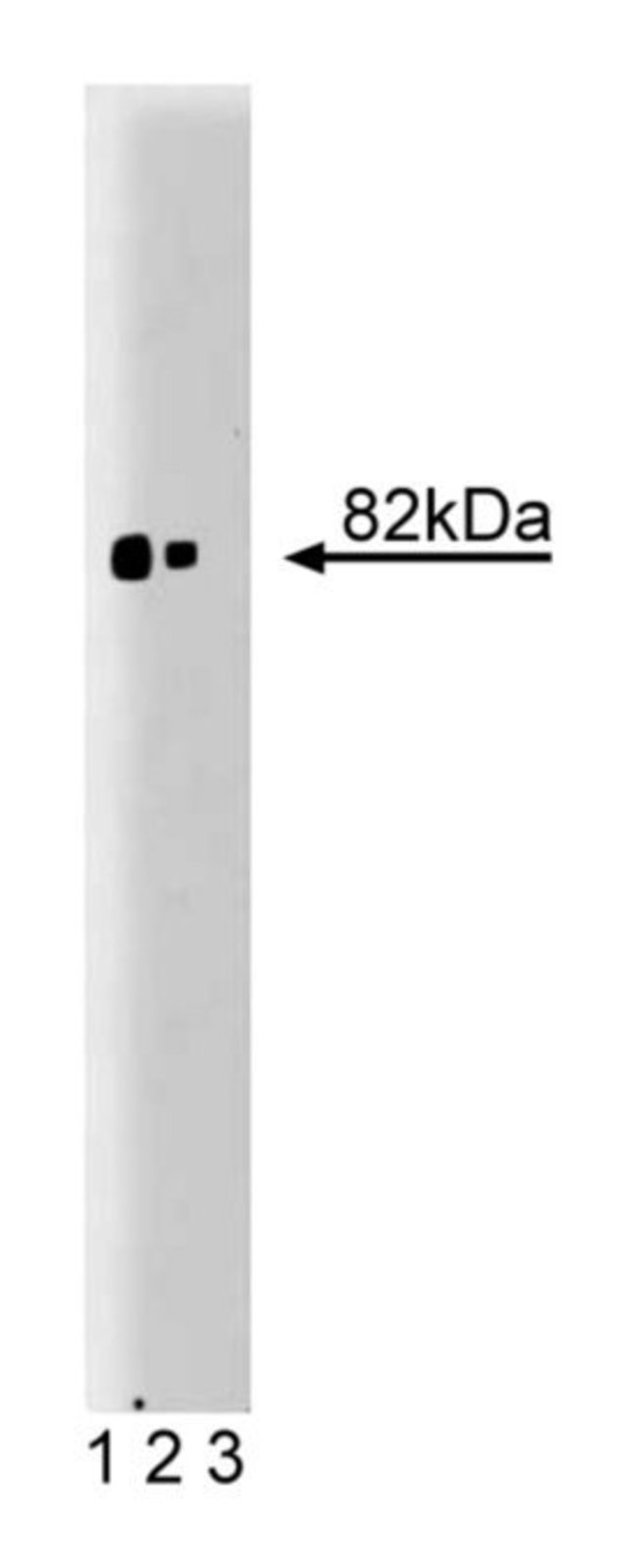PKCα Mouse, Unlabeled, Clone: 3/PKC, BD, Mouse Monoclonal Antibody, Each

Details:
The Protein Kinase C (PKC) family of homologous serine/threonine protein kinases is involved in a number of processes such as growth, differentiation, and cytokine secretion. At least eleven isozymes have been described. These proteins are products of multiple genes and alternative splicing. PKC consists of a single polypeptide chain containing four conserved regions (C) and five variable regions (V). The N-terminal half containing C1, C2, V1, and V2 constitutes the regulatory domain and interacts with PKC activators Ca2 ;, phospholipid, diacylglycerol, or phorbol ester. However, the novel PKC (nPKC) subfamily members ( δ, ε, η, and θ isoforms) and the atypical PKC (aPKC) subfamily members (ζ, ι, and λ isoforms) are Ca2 ; independent and lack the C2 domain. The aPKC members are unique in that their activity is independent of diacylglycerols and phorbol esters. They also lack one repeat of the cysteine-rich sequences that are conserved in cPKC and nPKC. The C-terminal region of PKC contains the catalytic domain. The PKC pathway represents a major signal transduction system that is activated following ligand-stimulation of transmembrane receptors by hormones, neurotransmitters and growth factors. Overexpression of PKCα has been reported to lead to an enhanced growth rate and induces the phosphorylation of two cellular proteins of 52kDa and 90kDa.Host Species: MouseClone: 3Isotype: IgG2bSpecies Reactivity: RatImmunogen: Human PKCα aa. 270-427Formula Weight [Chemical]: 82kDaImmunofluorescence, Immunohistochemistry, Immunoprecipitation, Western Blotting
Additional Information
| SKU | 10134774 |
|---|---|
| UOM | Each |
| UNSPSC | 12352203 |
| Manufacturer Part Number | 610107 |
